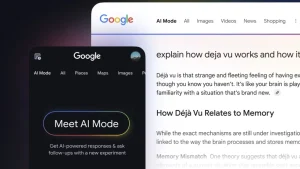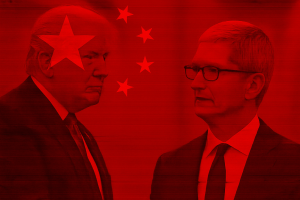Another version of Android, another article about clearing the cache. Writing this guide has become a tradition on our site, mainly because users aren’t thrilled with the way the latest versions of Android handle the caching process. More precisely, how do you clear cache data on Android?
Unfortunately, nothing has changed in Android 12 compared to the last few Android versions. The process is identical, and not a bit less annoying. So, I didn’t even have to write this article, because everything is mentioned in the previous one. But I did it anyway, mainly to cover the keyword and draw some more visits (don’t tell Google :wink:). I think that’s fair enough.
In this article:
ToggleClear cache data on Android individually from app settings
Long gone are the days when you could just hop into Settings and clear the accumulated cache of all the apps on your smartphone with just a few taps. Now, you have to clear the cache for each app individually.
- Open Settings.
- Tap Apps. Select All apps.
- Select the app from the list of available apps.

- From the App info screen, open Storage.
- Tap Clear cache.
The procedure may vary depending on your smartphone manufacturer or whether you’re using a custom ROM or stock Android. So even though these may not be the exact steps for clearing the cache on your Android phone, they should give you a good enough idea of how to do that.
Should you use a “performance-boosting” app?
You shouldn’t. I’m just going to say it, most of those glorified cleaners, performance boosters, and system enhancers are gimmicks. These apps do nothing you can’t do by yourself with just a few taps. On top of that, these “performance-boosters” are real data harvesters, and you’re basically giving them access to every bit of your personal info by agreeing to run them on your phone.
Google recognizes that to some degree. That’s why they’re constantly improving privacy and security features in each new version of Android, which serves as the first line of defense against data-collecting apps that careless users usually install.
So, even if you want to use a third-party app to clear the accumulated cache, the system simply won’t allow it. And it’s for the best.
Don’t get me wrong, there are some legitimate apps like Files by Google that can help you organize your storage better, but even this app doesn’t have the power to perform tasks like clearing all cache at once. Plus you don’t have to worry about your data being collected because, well, Google already has it.
That’s about it. What do you think about this whole cache-clearing mess in Android? Would you like to have the old method back? Let us know in the comments below.
Editor’s Note: This article was originally published in February 2020 and was meant to show how to clear the cache on Android 10. But since the process is still the same, we can also use it on Android 12.




